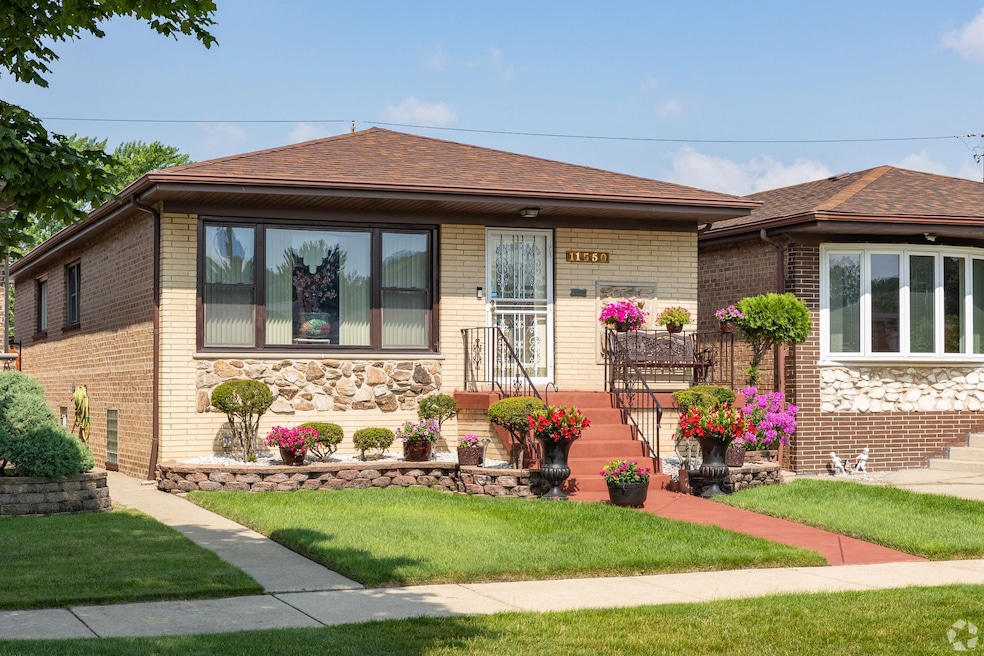Businesses in Chicago and its suburbs were granted billions in property tax reductions in recent years. As a result, homeowners paid about $2 billion more, with a disproportionate amount falling onto homeowners in Black and Latino areas, according to an analysis of assessment appeals from the office of Cook County Treasurer Maria Pappas.
The analysis, released Monday, dove into property assessment appeal data from the assessment cycle of 2021 to 2023 and found that businesses saved $3.3 billion through successful appeals. At the same time, homeowners received more of the tax burden, paying $1.91 billion more.
Assessments determine a property’s value, which is used to calculate property tax bills by applying a percentage to the value. The higher the value, the higher the property tax payment to the treasurer. In Cook County, the assessor — a separate office from the treasurer — conducts these assessments every three years. Cook County, home to Chicago, has a median property tax payment of $6,053 and a tax rate of 1.98%, according to the Tax Foundation, a nonpartisan tax policy nonprofit group based in Washington, D.C.
Across the country, typically any property owner that disagrees with a local assessor can file an appeal. According to the Cook County treasurer’s office, assessors often use virtual models that cannot see the true condition of a home or its interior, giving rise to valuations that can be incorrect. When property owners do appeal and receive a lower value, making their payment lower, the taxing body (municipalities, school districts, for example) will redistribute the needed tax among other properties.
“Property taxes are a zero-sum game, the way they’re devised in Illinois, and in most states,” said Hal Dardick, the Cook County treasurer office’s director of research and editor of the study, in an interview. “When someone’s assessed value, whether it be a business or a homeowner, is reduced, the amount they would have paid is divided among the rest of the property owners. It shifts.”
The Cook County assessor’s office, led by Fritz Kaegi, has pointed to a longstanding oversight in its own practice that resulted in businesses receiving historically high property tax cuts between 2021 and 2023. The assessor's office did not immediately respond to a request for comment.
Businesses were assessed much lower before 2019, according to the study and statements from the assessor. As a result, businesses were assessed at much higher property value levels between 2021 and 2023 to make up for the inaccurate assessments of years prior. This trend caused more businesses to appeal. For the assessment cycle between 2018 and 2020, businesses only appealed $13.69 billion, an almost 50% decrease, the treasurer study said.
But those tax savings must be paid somewhere. Where businesses saved a record high level, homeowners were forced to pay even more as a result.
“While the basic trend is exaggerated, it always exists,” said Dardick.
Disproportionate impact on homeowners of color
According to the study, the property tax was also disproportionately shifted to homeowners in predominantly Black and Latino low-income areas. This is known as regressivity and happens nationally.
This disparity occurred because homeowners in these areas receive higher assessments and appeal them less often than homeowners in predominantly white and high-income areas. Appeal disparities also impact the incorrect assessment of properties in low-income areas.
“That’s a trend across the nation, it doesn’t just occur here in Cook County,” said Dardick about the higher valuation of homes in low-income areas compared to high-income areas. “It’s a fault of the assessment system.”
In areas with median incomes below $50,000, tax bills increased by almost 10%, and appeal rates were about 11%, whereas areas with median incomes at or above $150,000 saw just 5% increases, with appeal rates of 45.68%, according to the analysis. The study also found that white affluent homeowners were more successful in appeals and received larger reductions.
Homeowners in low-income areas could appeal less due to a lack of resources or available time, said the treasurer’s office. Appeals can happen annually, but they must be made within one month of receiving a value from both the assessor’s office and Cook County Board of Review.
The study said its findings point out the need for methodology and data sharing standardization to mitigate these disparities that shift the tax burden in an already high-taxed county onto low-income homeowners.

